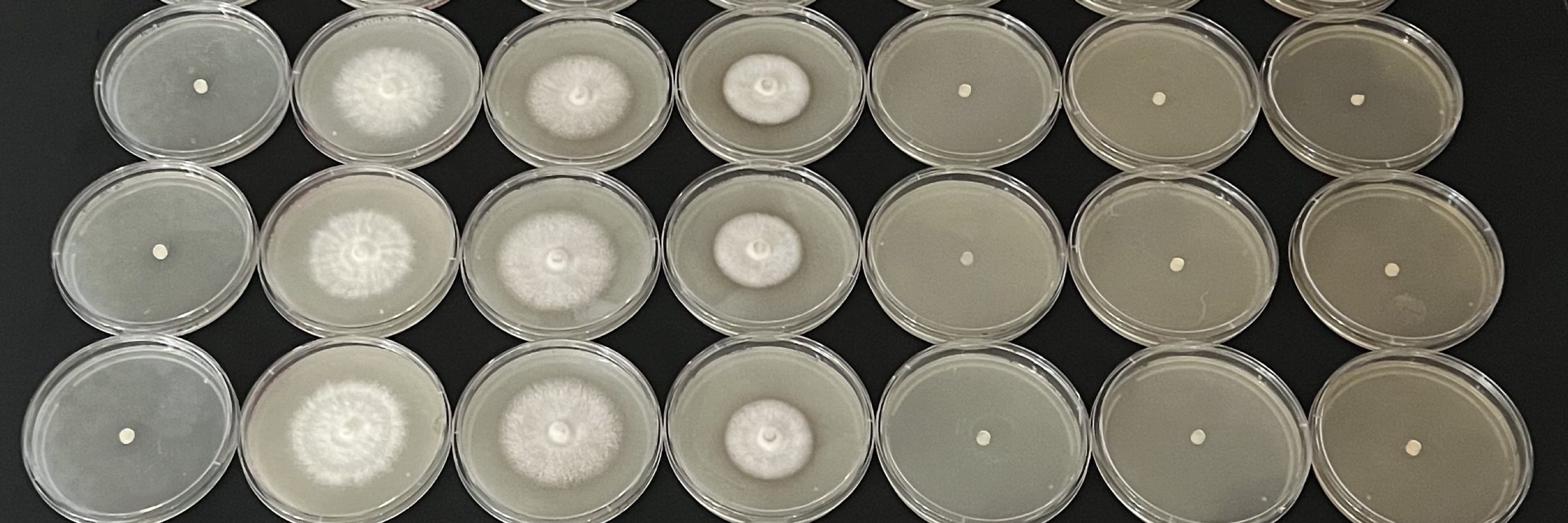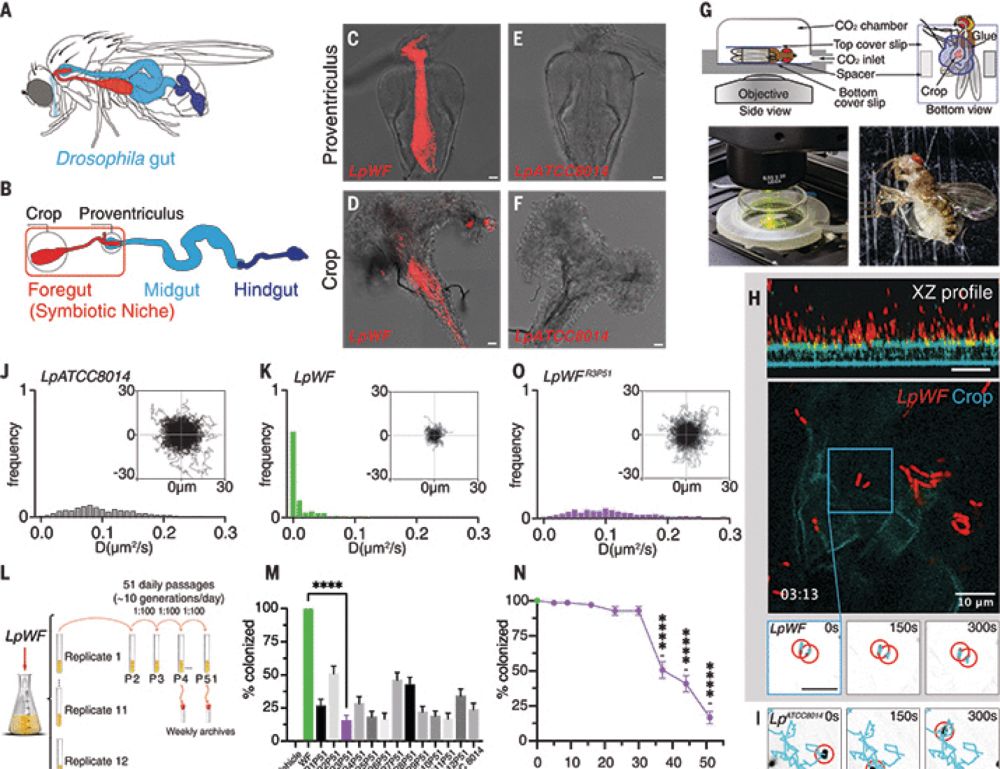
www.biorxiv.org/content/10.1...

www.biorxiv.org/content/10.1...

Plant-microbe relationship (mutualistic, commensalistic, parasitic) is not fixed, but rather dynamic, depending on the specific context.
We summarize the current knowledge on this.
Hope you enjoy~
www.jstage.jst.go.jp/article/plan...

Plant-microbe relationship (mutualistic, commensalistic, parasitic) is not fixed, but rather dynamic, depending on the specific context.
We summarize the current knowledge on this.
Hope you enjoy~
www.jstage.jst.go.jp/article/plan...

1. Many bacteria can realistically transition from soil to mature leaves.
2. Early stages post-germination shape colonization processes and diversity.
3. P-M-M interactions affect mostly deterministic colonzers.
Enjoy!

1. Many bacteria can realistically transition from soil to mature leaves.
2. Early stages post-germination shape colonization processes and diversity.
3. P-M-M interactions affect mostly deterministic colonzers.
Enjoy!
Details here 👇
www.nature.com/articles/s41...

Details here 👇
www.nature.com/articles/s41...
www.mccoyfuneralhome.com/obituaries/J...

www.mccoyfuneralhome.com/obituaries/J...
The design here reinforces a strong feeling I've had for a few years - moving forward in bioinfo. system-friendly & ext. memory algorithms will come to prevail. (& rust!)
www.biorxiv.org/content/10.1...

🧑🔬 Damaris Barminga, Emily S. Bellis, Steven Runo, et al.
📔 @mpmijournal.bsky.social
🔗 apsjournals.apsnet.org/doi/10.1094/...
#️⃣ #PlantScience #ParasiticPlants #Striga #PlantCellWalls #PlantImmunity

🧑🔬 Damaris Barminga, Emily S. Bellis, Steven Runo, et al.
📔 @mpmijournal.bsky.social
🔗 apsjournals.apsnet.org/doi/10.1094/...
#️⃣ #PlantScience #ParasiticPlants #Striga #PlantCellWalls #PlantImmunity
apsjournals.apsnet.org/doi/10.1094/...

apsjournals.apsnet.org/doi/10.1094/...
But how do host plants control benefits derived from their microbial partners?
Read our paper in Nature Microbiology on how legumes mediate conflict & cooperation with N2-fixing symbionts.
Here: tinyurl.com/4y4tjx6k

But how do host plants control benefits derived from their microbial partners?
Read our paper in Nature Microbiology on how legumes mediate conflict & cooperation with N2-fixing symbionts.
Here: tinyurl.com/4y4tjx6k
rdcu.be/d2gCJ

rdcu.be/d2gCJ
www.science.org/doi/10.1126/...

www.science.org/doi/10.1126/...

